Optimal Timing for Irrigation Well Installations
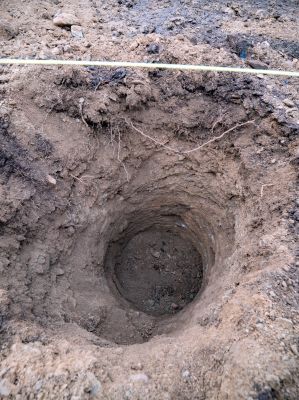
Spring offers optimal soil conditions and moderate weather, making it ideal for well installation projects.
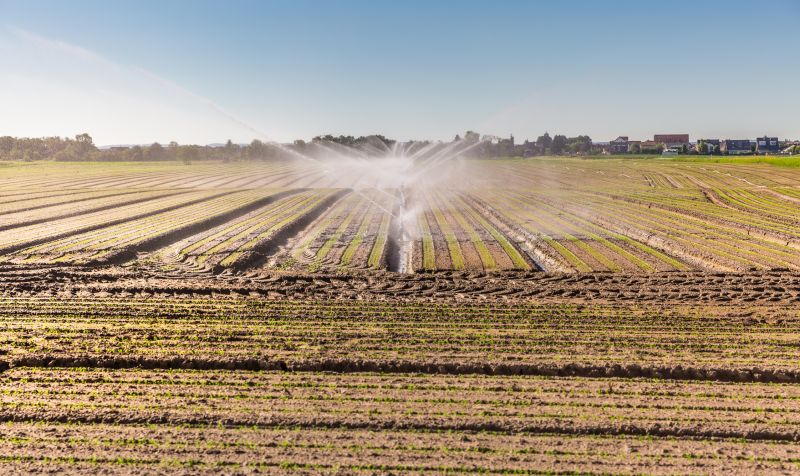
Summer may pose challenges due to higher temperatures and dry soil, but planning ahead can ensure successful installation.
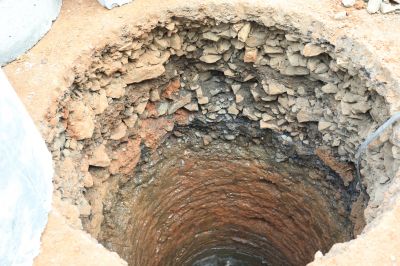
Fall provides cooler temperatures and stable ground conditions, suitable for completing installations before winter.

Ways to make Irrigation Well Installations work in tight or awkward layouts.
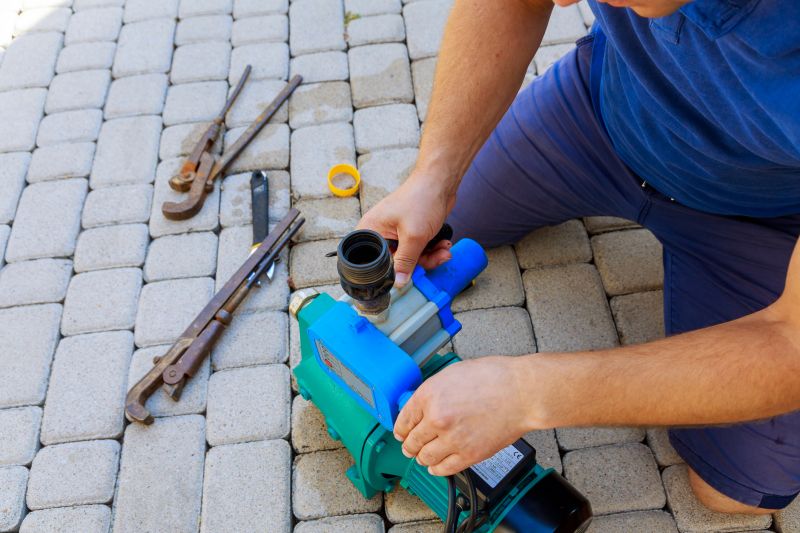
Popular materials for Irrigation Well Installations and why they hold up over time.
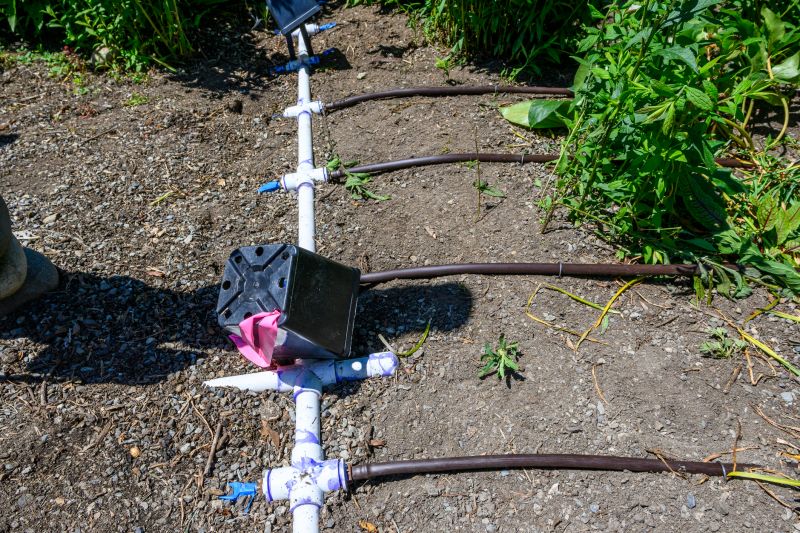
Simple add-ons that improve Irrigation Well Installations without blowing the budget.

High-end options that actually feel worth it for Irrigation Well Installations.
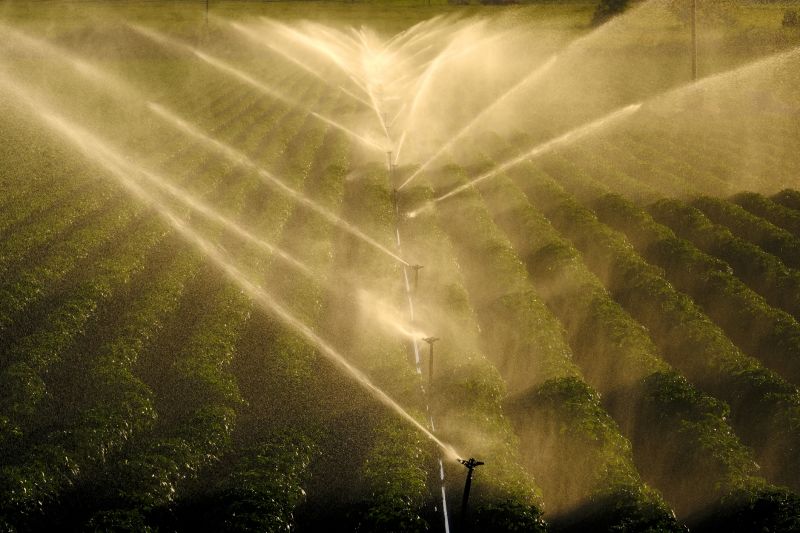
Finishes and colors that play nicely with Irrigation Well Installations.
Irrigation well installations are a critical component of efficient water management for agricultural, landscaping, and residential applications. Proper timing ensures optimal conditions for drilling, reduces delays, and minimizes disruptions caused by weather. The best time for installation often depends on regional climate patterns, soil conditions, and project scope. Typically, spring and fall are considered ideal periods due to moderate temperatures and stable ground conditions, which facilitate easier drilling and installation processes.
Soil moisture levels and temperature influence drilling ease and well longevity.
Rainfall and temperature fluctuations can affect project scheduling and equipment performance.
Local climate patterns determine the most suitable months for installation activities.
Timing installations to match periods of high water demand can optimize irrigation efficiency.
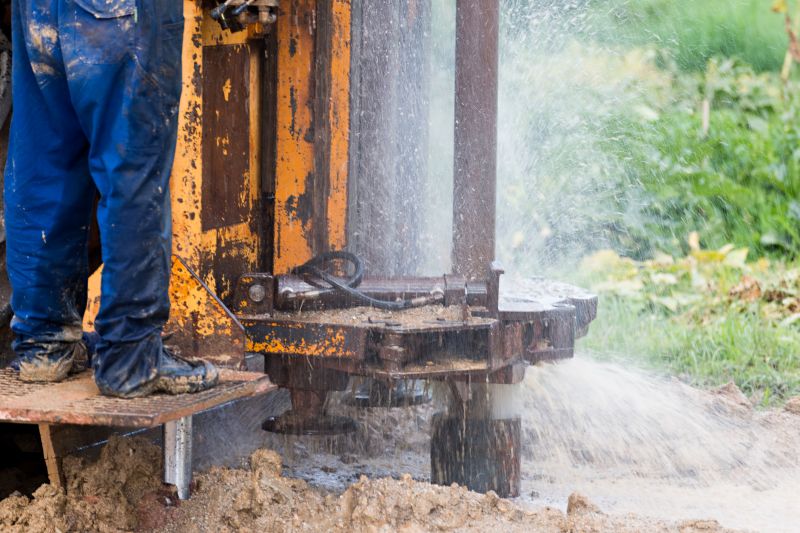
Advanced machinery ensures efficient and accurate well installation.

Pre-installation testing identifies soil conditions to inform timing and methods.
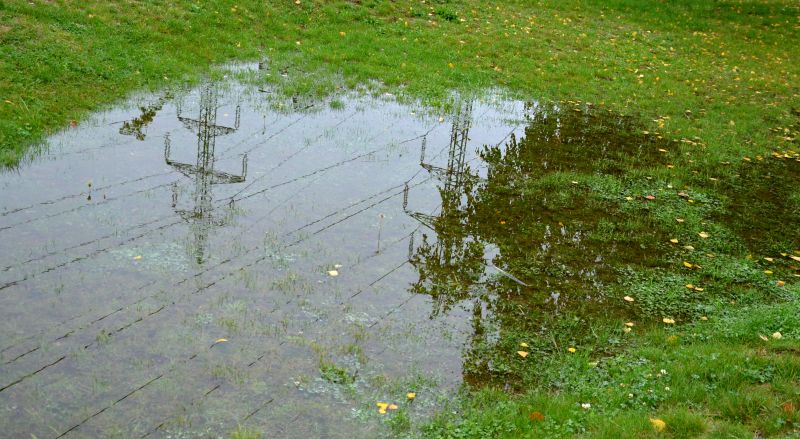
Assessing water table levels helps determine the best season for installation.
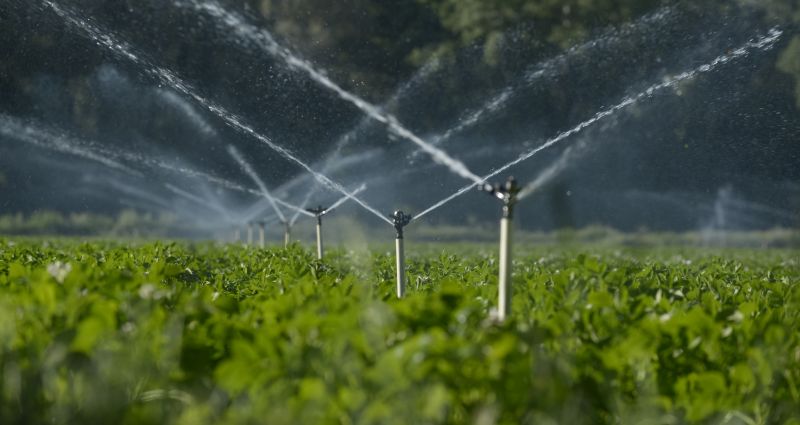
Effective scheduling aligns with seasonal weather patterns for optimal results.
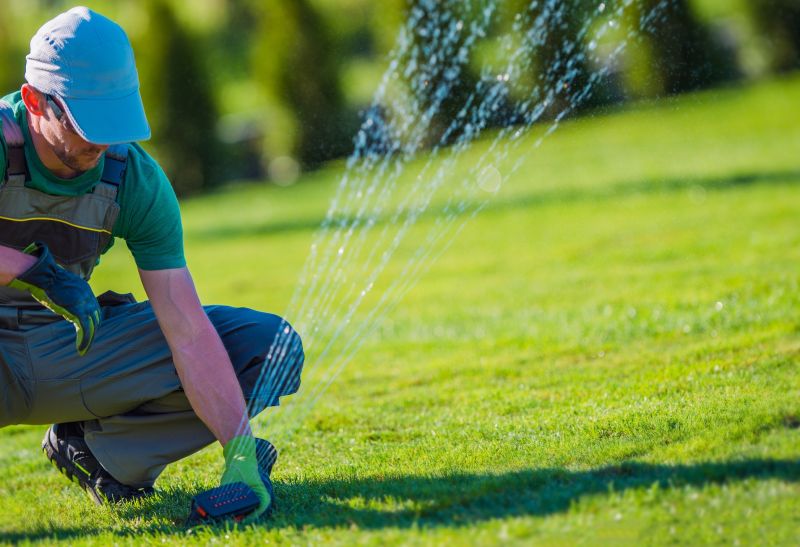
Little measurements that prevent headaches on Irrigation Well Installations day.

A 60-second routine that keeps Irrigation Well Installations looking new.
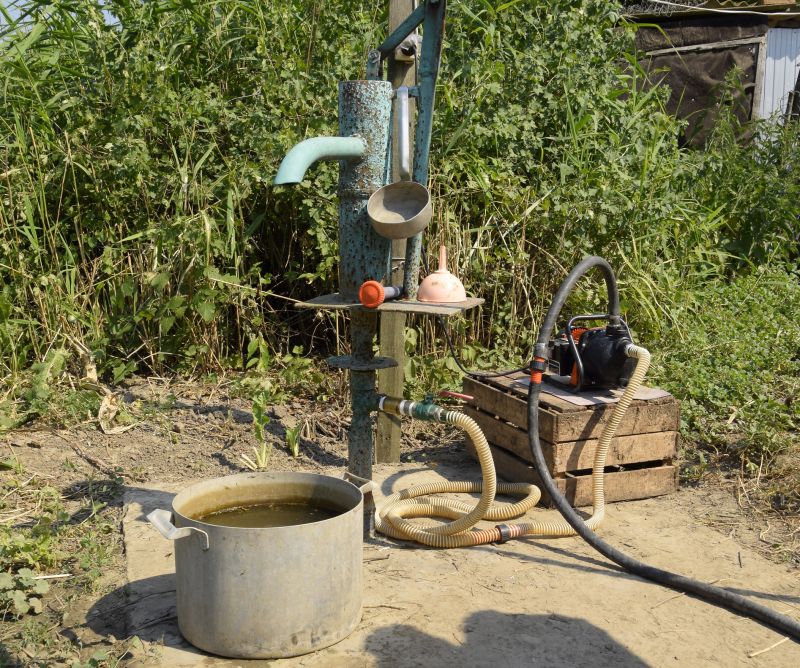
A frequent mistake in Irrigation Well Installations and how to dodge it.

Small tweaks to make Irrigation Well Installations safer and easier to use.
| Season | Advantages |
|---|---|
| Spring | Moderate weather, ideal soil conditions, longer daylight hours. |
| Summer | Longer days, early planning for upcoming season. |
| Fall | Cooler temperatures, stable ground, less rain. |
| Winter | Less common, applicable in mild climates, involves planning for spring. |
Choosing the appropriate time for irrigation well installation can significantly impact project success. Factors such as regional climate, soil moisture, and upcoming water demands should be considered. Proper timing not only facilitates easier drilling but also contributes to the longevity and efficiency of the well system. Consulting with local experts can help determine the most suitable window for installation based on specific environmental conditions.
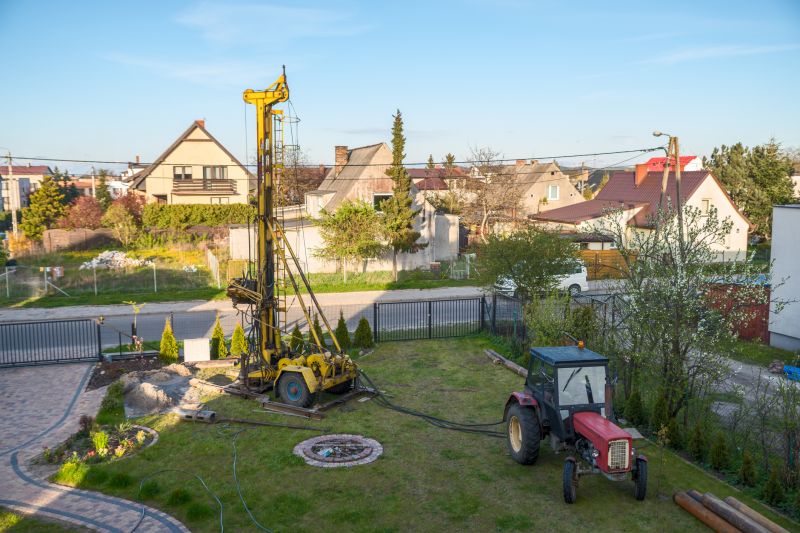
Modern drilling techniques ensure precise and efficient installation.
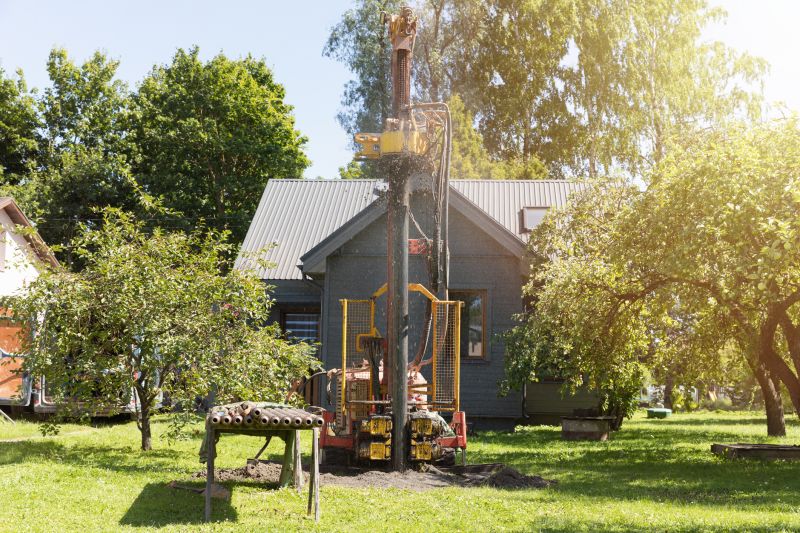
Proper soil assessment is essential for successful well installation.
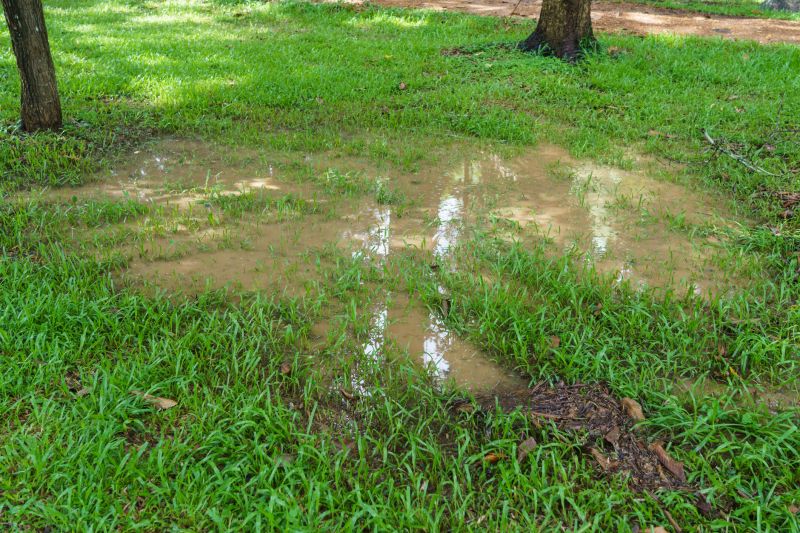
Understanding water levels guides optimal timing for drilling.
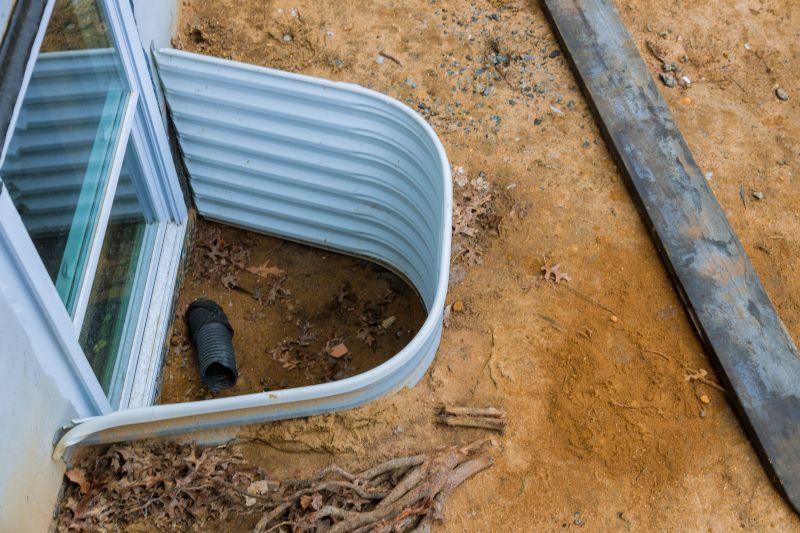
Testing ensures well functionality and longevity after installation.
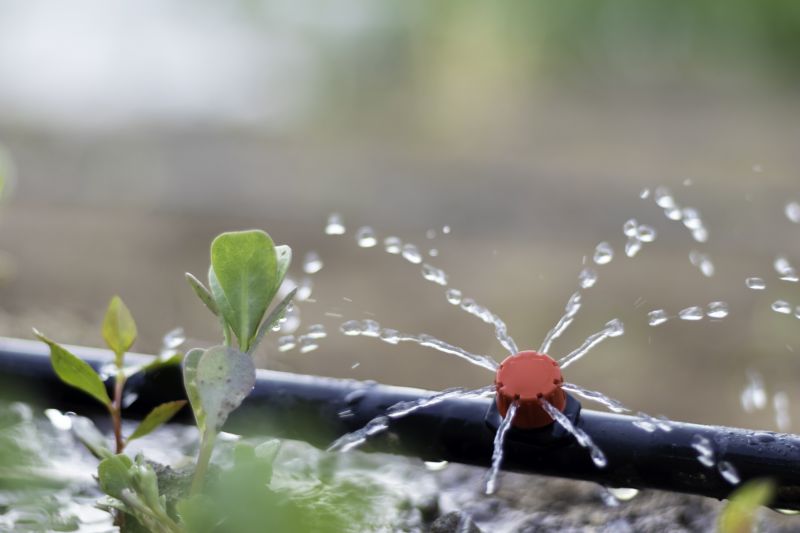
Lower-waste or water-saving choices for Irrigation Well Installations.
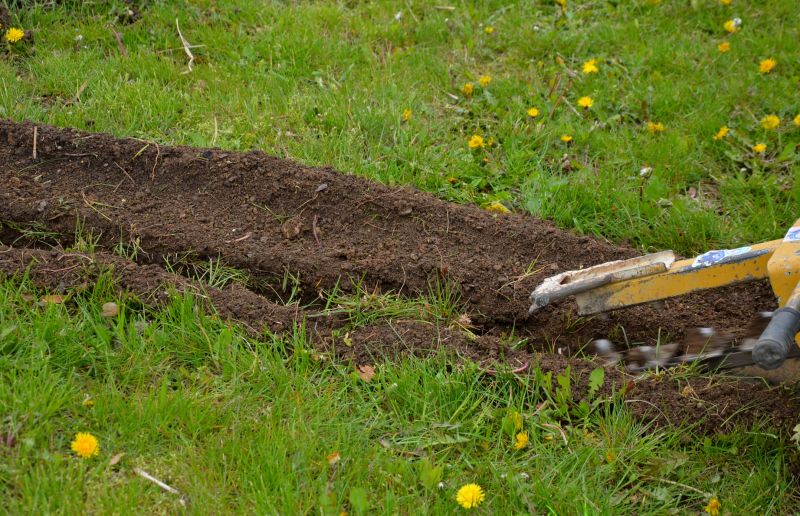
The short, realistic tool list for quality Irrigation Well Installations.
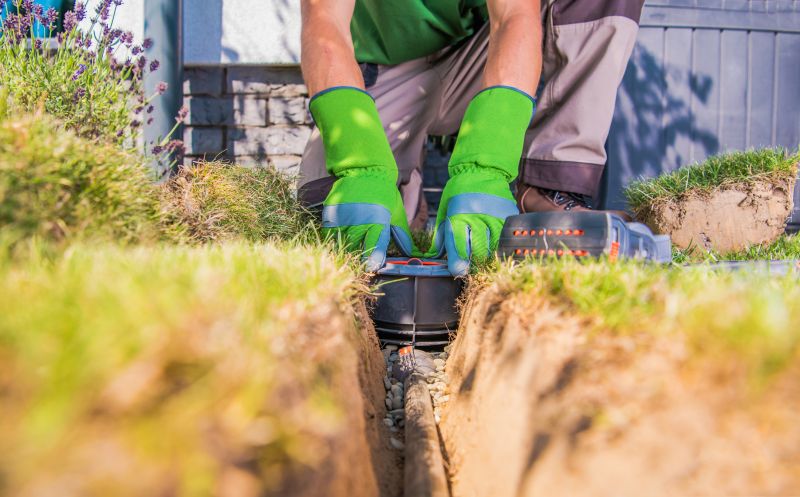
Rough timing from prep to clean-up for Irrigation Well Installations.
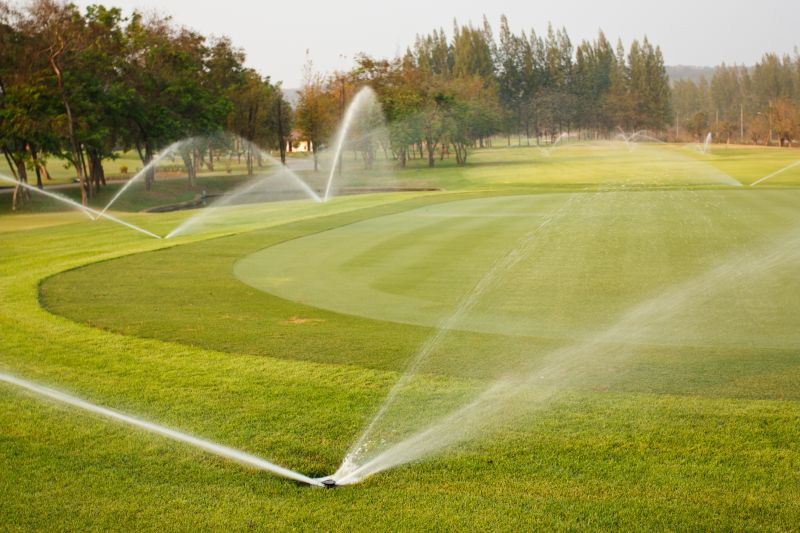
Quick checks and paperwork to keep after Irrigation Well Installations.
Interested parties should consider regional weather patterns and soil conditions when planning irrigation well installations. Early planning and consultation with specialists can help identify the most advantageous time frames, reducing potential delays and ensuring a successful setup. Proper timing supports efficient water use and long-term system performance.
For those seeking to optimize their irrigation systems, filling out the contact form can provide access to expert guidance tailored to specific regional conditions and project requirements. Professional assessment ensures the best possible outcome for irrigation well installations.
